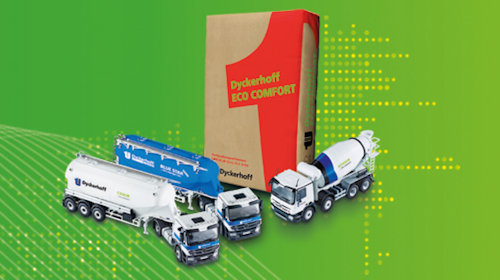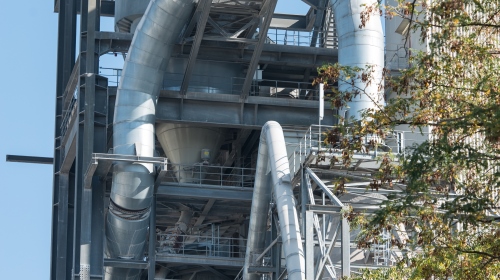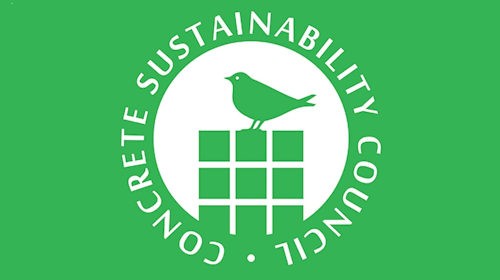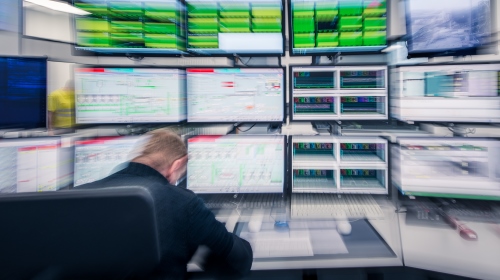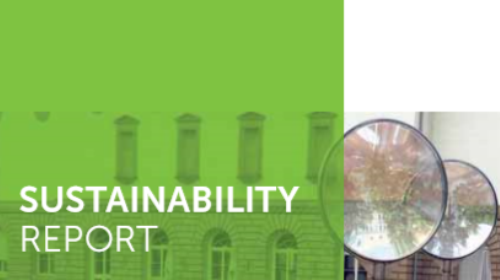Sustainability
Sustainable thinking is critical for the cement industry. The production facilities are highly capital-intensive and designed for long-term production. The extraction of raw materials is an encroachment on nature and landscape. Environmental legislation provides that unavoidable, considerable impairments will be compensated by the originator. This happens by compensating measures and is documented in detail and controlled by public bodies. Additionally, after extraction, the former quarries are renaturized and recultivated, in order to integrate them again in the surrounding landscape. What we take from nature, do we also return: We have known for a long time that decommissioned, re-natured quarries provide new habitat for rare plants and animals that are in danger of extinction.
Furthermore, we constantly strive to make cement production even more environmentally friendly. The reduction of CO2 emissions is an extremely important subject. We are working hard to reduce the proportion of Portland cement clinker in cement. To do so, we use clinker substitutes, including granulated blast furnace slag and fly ash. These materials are produced as byproducts of steel and electricity production and are highly suitable. Through new cements such as calcium sulfoaluminate cements, we are also able to significantly reduce our CO2 emissions. But the conservation of non-renewable raw materials, such as oil or coal, is also a concern for us. And last but not least, our employees: We pay great attention to their safety and health protection.
Here you can see the video "Cement connects sustainably".



